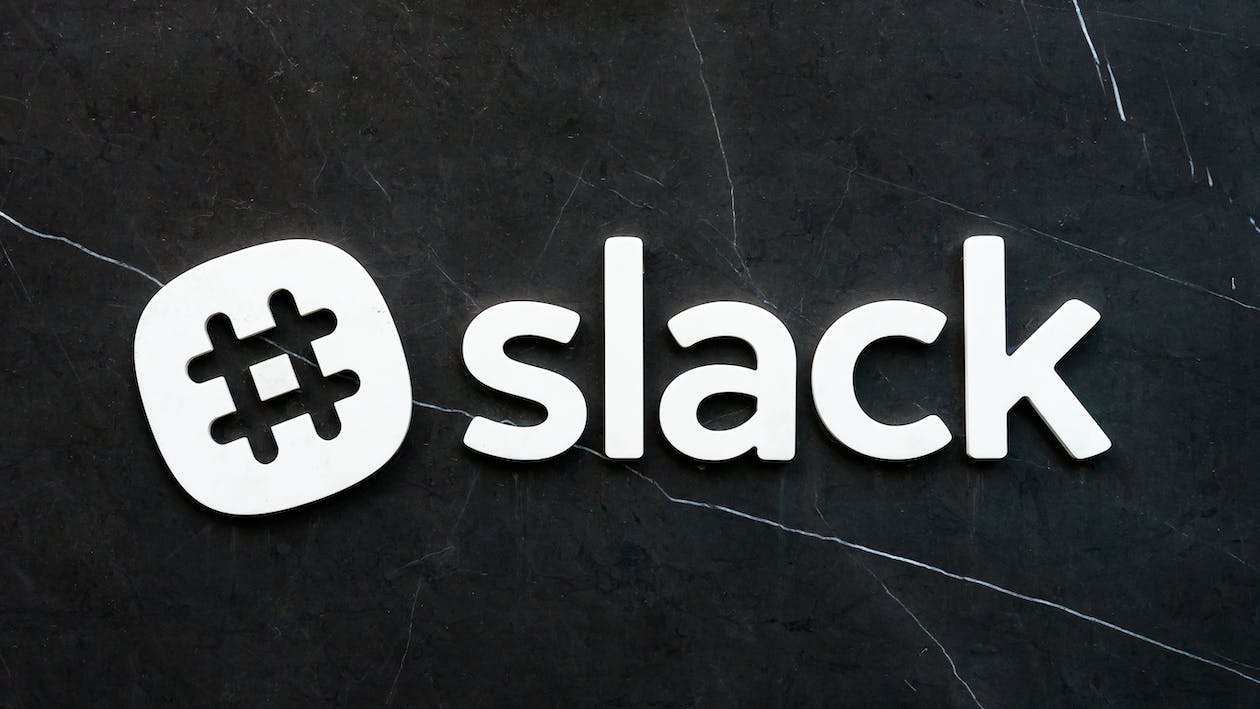In today’s fast-paced business world, the concept of remote work has evolved from a mere possibility to a widespread reality. This shift has not only changed where we work but also how we communicate. In remote settings, the absence of physical interactions makes effective communication tools essential. Among these tools, Slack stands out as a popular choice for remote teams. Known for its versatility and user-friendly interface, Slack offers more than just a platform for messaging—it’s a hub for collaboration, organization, and productivity. As we delve into the intricacies of using Slack effectively in remote work environments, remember that mastering this tool can significantly enhance your team’s efficiency and connectivity.
Setting Up Your Workspace
The first step in leveraging Slack for remote work is setting up a dedicated workspace. This virtual space is where your team will interact, share files, and collaborate. Customizing your workspace to align with your team’s needs is crucial. Begin by creating a clear structure with channels for different projects or topics. Ensure that the workspace reflects your team’s hierarchy and workflow. This initial setup is foundational in making Slack a tool that truly works for your team, fostering a sense of organization and clarity from the get-go.
Ensuring Effective Communication
Effective communication on Slack isn’t just about what you say; it’s about how and where you say it. Clarity and brevity are key. Each message should be concise yet comprehensive, conveying your point without unnecessary fluff. This approach keeps conversations on track and respects everyone’s time. It’s also important to have a backup for Slack conversations. Having a Slack backup for important team conversations ensures that crucial information is not lost and can be easily retrieved when needed. This practice secures data and supports transparency and continuity in team communications.
Creating Effective Channels
Channels are the heart of Slack’s organization. They serve as dedicated spaces for different topics or projects, helping to keep conversations focused and manageable. When creating channels, use clear and descriptive names so team members can easily understand their purpose. It’s essential to strike a balance—too many channels can be overwhelming, while too few can lead to cluttered and confusing conversations. Regularly reviewing and archiving inactive channels helps maintain an organized and efficient workspace, ensuring that team members can find and participate in relevant discussions without hassle.
Mastering Slack Shortcuts
Time is a precious commodity in remote work, and Slack’s keyboard shortcuts are a boon for saving it. Familiarizing yourself with these shortcuts can significantly speed up your workflow. For instance, quickly switching between channels, starting a new message, or searching for a specific conversation can all be done with a few keystrokes. Encourage your team to learn and use these shortcuts—it’s a small effort with a big impact on daily efficiency.
Handling Notifications Smartly
In a remote work environment, Slack notifications can be both a lifeline and a distraction. Managing these notifications is essential for maintaining focus while staying connected. Customize your notification settings to align with your work schedule and priorities. Utilize the ‘Do Not Disturb’ mode during deep work sessions, and encourage your team to do the same. This balance ensures that you’re available for urgent matters but not constantly interrupted by every message, fostering a healthier and more productive work environment.
Effective Use of Slack Threads
In the bustling world of Slack, threads are a godsend for maintaining organized and focused discussions. They allow team members to respond directly to a message in a mini-conversation, keeping the main channel uncluttered. Encourage your team to use threads for detailed discussions related to a specific message. This practice helps keep your channels clean and also makes following conversations much easier. Moreover, it ensures that important details are not lost in a sea of messages, making information retrieval more straightforward.
Embracing Slack’s Search Functionality
One of Slack’s most powerful features is its search functionality. In a remote work environment where communication is primarily digital, being able to quickly find past conversations, files, or specific messages is invaluable. Educate your team on how to effectively use Slack’s search filters, like searching within a specific channel or from a particular user. This capability drastically reduces the time spent scrolling through channels for information, thereby boosting productivity. A well-organized Slack workspace complemented by efficient search practices makes for a powerful combination in managing large volumes of messages.
Encouraging Engagement and Team Culture
Slack isn’t just for work-related conversations; it’s also a space to build and maintain your team culture in a remote setting. Create channels dedicated to non-work topics to allow team members to share personal news, hobbies, or interesting finds. This not only breaks the monotony of work discussions but also helps in building connections among team members. Virtual team-building activities can also be conducted through Slack, fostering a sense of community and belonging, which is crucial in remote work environments.
Scheduling and Conducting Meetings on Slack
Slack can streamline the way your team schedules and conducts meetings. Use Slack’s integration with calendar apps to schedule meetings directly from your workspace. You can also create dedicated channels for meeting agendas where team members can add points for discussion, ensuring meetings are focused and productive. For conducting meetings, Slack’s voice or video call feature can be utilized for quick sync-ups or discussions. This integration of scheduling and meeting tools in one platform simplifies the process, making it more efficient and accessible for everyone involved.
Security and Privacy Considerations
While Slack is a powerful tool for team communication, it’s important not to overlook security and privacy. Educate your team on best practices for sharing sensitive information on Slack. Utilize Slack’s features like private channels or direct messages for confidential discussions. It’s also important to be aware of Slack’s security settings and features, such as two-factor authentication, to protect your workspace from unauthorized access. Regularly updating your team on these practices is key to maintaining a secure communication environment.
Training Your Team on Slack Best Practices
To fully reap the benefits of Slack in a remote work setting, it’s essential to ensure that all team members are well-versed with its features and best practices. Consider conducting regular training sessions or creating resource guides. Cover topics like effective communication, organization strategies, and the use of advanced features. This not only helps new members get up to speed but also ensures that existing members are making the most out of Slack. Continuous learning and adaptation are key to keeping your team efficient and engaged.
Enhancing Team Collaboration Through Slack
In conclusion, mastering Slack is about enhancing the way your team collaborates and communicates in a remote environment. By setting up a well-organized workspace, embracing its rich feature set, and fostering a culture of engagement and security, Slack can become an invaluable asset for any remote team. The tips discussed in this article are designed to help you navigate the complexities of remote communication and make your Slack experience both productive and enjoyable. Implementing these practices will lead to more streamlined workflows, improved team cohesion, and ultimately, a more successful remote work environment.



